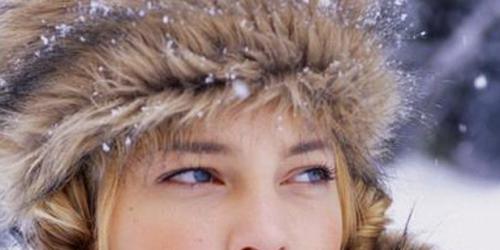Cryotherapy booths continue to grow and are no longer just for professional sportsmen.
Take a look at this well-being technique with multiple promises.
What is cryotherapy?
Cryotherapy is a well-being therapy that involves spreading dry cold, using liquid nitrogen jets, over the entire body.
There are two types of techniques:
- Cryotherapy in a cold room . It is only offered to INSEP, to top athletes.
- Cryotherapy in the cabin. The whole body (except the head) is placed in a cryosauna.
The temperature inside the cabin is around -150 ° C (this may differ depending on the cryotherapy centers and needs), but that of the body remains stable.
Cryotherapy and cryolipolysis: what difference?
Cryolipolysis removes fat deposits localized by the cold. A machine equipped with applicators "suck" the area to be treated and spread a cold of -11 ° C for 35 minutes, which triggers apoptosis (death of fat cells).
Who is cryotherapy intended for?
Cryotherapy is for 4 different profiles:
- Athletes, more or less high level.
- People with various diseases or pathologies: fibromyalgia, multiple sclerosis, osteoarthritis, migraines, rheumatism, tendinitis.
- People prone to stress or sleep disorders.
What are the benefits of cryotherapy?
The cold is antalgic and has anti-inflammatory properties, so it will help relieve pain related to a pathology or the practice of physical activity (tendinitis, muscle breakdown, hematoma).
Cryotherapy boosts the immune system and promotes the secretion of endorphins, which allows for optimal preparation and recovery before and / or after a sports competition or marathon, for example.
Thanks to its action on the nervous system, it also makes it possible to treat sleep disorders, to reduce fatigue or stress.
It is also very appreciated for its slimming effectiveness. Indeed, the body will tap into its energy resources to fight against the cold and burn a lot of calories in the process.
Finally, the draining action of the cold makes it possible to reduce the aches.
Is it effective against cellulite?
Not really. Cryotherapy essentially eliminates toxins through the drainage it causes, but does not eliminate cellulite or the effect "orange peel" or subcutaneous fat.
What happens during a session ?
During the first visit, a health check (with blood pressure) is established with a professional to determine the objectives of the sessions and to identify any contraindications.
It is then time to go into the cabin.
After wearing slippers and gloves to protect the ends, we enter the cryosauna underwear, then we stay there for 3 minutes maximum.
When going out, we warm up in a bathrobe and we can get dressed immediately since the dry cold does not wet.
How to optimize a cryotherapy session?
- Objective weight loss: Cryotherapy is combined with sports activity and a balanced diet. It is also possible to opt for ultrasonic treatments and slimming massages.
- Objective anti-pain: we agree sessions with an osteopath or a physiotherapist.
How many sessions are needed?
We must adopt a rhythm to give the body time to get used and see the results appear as sessions.
There is no contraindication to cryotherapy every day.
The ideal is to start with one session per week and increase if necessary.
Cryotherapy: does it hurt?
No ! There is no feeling of breathlessness, as can be the case when diving in icy water.
What are the contraindications?
Cryotherapy is not recommended for people with a pacemaker or with cardiovascular disease and venous disorders .
How much does it cost ?
One session costs about 45 € and is not reimbursed by Social Security.
Where is cryotherapy?
It is practiced in cryotherapy centers, beauty institutes and some thalassotherapy centers.
Thanks to Amandine Jacob, wellness consultant at KRYO France.
KRYO France
27 bis rue Aristide Briand
92300 Levallois-Perret


